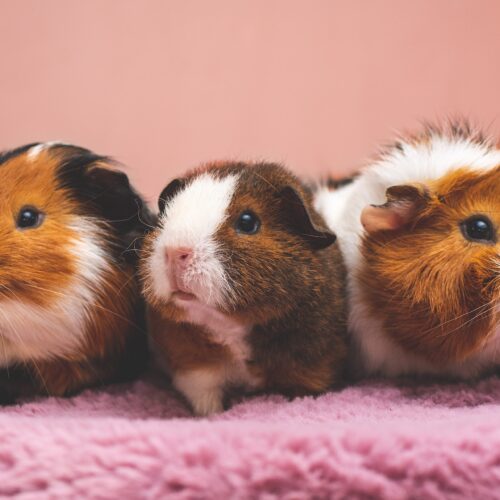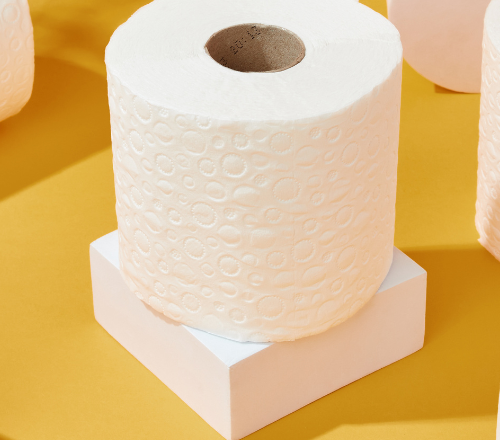If you’re looking to make your household more sustainable, cutting down on your plastic usage is an excellent way to do it. Plastic pollutes the land and the oceans, harming countless species and making some habitats unlivable. So it’s clear reducing the amount of plastic you use is important, but how can you do that in the kitchen?
How to be sustainable in the kitchen
Kitchens can often be full of single-use plastics as many food products are packaged with it. Although many brands are moving towards plastic-free packaging, there is still a long way to go and it’s not just brands who need to make a change. As well as trying wherever possible to buy your food and produce in non-plastic packaging, here’s our list of the five swaps you can make today to go plastic-free in the kitchen.
Avoid plastic utensils
If you love picnics and making a packed lunch to take out with you, chances are you’re familiar with plastic cutlery like knives, forks, spoons and, of course, the infamous spork. You might think these are necessary – better than eating coleslaw with your fingers, at least – but there are plenty of alternatives.
Reusable plastic options are better than single-use ones, but you can go even further than that. Why not use your everyday metal cutlery instead? And if you’re sending your child to school with cutlery in their lunch, try using single-use wooden utensils – that way they won’t be able to cut themselves on any sharp edges.
This swap can also apply to things like straws – using metal or paper straws instead of plastic – and reusable items such as ladles. The more you use an item before discarding it, the better it is for the environment, but next time you come to replace your cooking utensils, why not buy metal or wood instead of plastic?
Buy plastic-free kitchen roll
Kitchen roll is an integral part of many kitchens nationwide, and many couldn’t live without it. It’s made entirely of paper, so how can you make it any more sustainable? Well, as usual, the secret is in the packaging. Often kitchen rolls come packaged in single-use plastic, which is then discarded and ends up polluting the environment.
Of course, you’re not in control of what brands use to package their products, but you can choose which products you bring into your home. Choosing a plastic-free kitchen roll each time you shop can significantly reduce the amount of plastic waste your household produces.
Replace plastic containers
Another source of plastic in your kitchen that you might not have thought of is your containers. Think biscuit barrels, cereal storage boxes, that overflowing cupboard full of plastic lunch boxes you haven’t seen the lids for in years… All of it can be replaced with glass and metal alternatives.
Of course, that’s not to say that you should dump all your plastic containers into the bin and replace them immediately. It’s far better to get proper use out of them before you discard them – and once they’ve worn out, you can replace them with more environmentally friendly options.
Don’t use clingfilm
Cling film is a form of food wrap that often flies under the radar when people are looking for plastics in their household. After all, it’s not as obvious as the hard, rigid plastic often used for containers or utensils. However, cling film is a single-use plastic that can’t be recycled, so it’s well worth swapping it out for an alternative.
But what could you use instead? Well, you could store food in one of those non-plastic storage containers we mentioned earlier, using an airtight seal to keep your food fresh. If you need the flexibility of clingfilm, though, you could try beeswax wraps. These are made to replace the need for clingfilm in the kitchen and work in much the same way – except that beeswax wraps are reusable
Buy refill containers
So, you’ve kitted out your kitchen with a range of non-plastic storage containers… but you still have to buy the plastic-packaged items to fill them with, right? Not always. Some items like hand wash, dish soap and various cleaning solutions can be bought in ‘refill’ packs that use far less plastic packaging.
These often look like squishy pouches with a cap at the top, so you can easily pour them out into a refillable container once you get them home. The added bonus is that they are often easier to store in small cupboards as the packaging isn’t made of rigid plastic – which means you may have more space in your kitchen.
Taking on just one of these swaps will help to reduce the amount of plastic waste your household produces, but the more you can do, the better it will be for the environment. And remember, this list isn’t exhaustive. There are many ways to reduce plastic in your kitchen and your home in general. Every time you choose a non-plastic alternative, you help to protect our planet’s marine ecosystems.





